| Description | | What is Tube Stomach Surgery (Sleeve Gastrectomy)?
Gastric sleeve surgery is a type of bariatric surgery. Sleeve gastrectomy is usually performed with the laparoscopic method or as a closed surgery, as it is commonly known in the community.
Reducing the size of the stomach with sleeve gastrectomy surgery limits the amount of food that can be consumed. In addition, with the reduction of stomach size, hormonal changes occur that help to lose weight. These changes contribute to the patient's ideal weight after surgery or to maintain the ideal weight.
Why is Tube Stomach Surgery (Sleeve Gastrectomy) Performed?
Sleeve gastrectomy is done for the risk of health problems, not for aesthetic appearance.
When obesity is not treated, it causes the following health problems;
• Heart diseases
• Hypertension
• High cholesterol
• Obstructive sleep apnea
• Type 2 diabetes
• Stroke
• Cancer
• Infertility | | After the surgery, patients can usually go home on the same day or after staying in the hospital for 1 night at the latest. In the first two days, there may be swelling, bruising and blood leakage from the nose. In the first days, patients may experience difficulty in breathing. Patients can continue their normal life after 2 days. The plaster and sutures are removed on the sixth day. After the plaster is removed, the patient can return to work. If bruises remain, they can be hidden with the help of concealer makeup. After about 3 weeks, the swelling goes down to a great extent and the patient's surgical appearance disappears. Patients should not do sports where they can get hit on their face for 3 weeks after surgery.
If one or more of the following structural problems are present, you may be a good candidate for rhinoplasty.
- Short nose
- Long nose
- Arched nose
- Low tip nose
- Broad nose
- Wide nose wings
- Excessive protrusion of the tip of the nose forward
- Nose tip asymmetries
- High transition point between forehead and nose
- The angle between the upper lip and the nose is too narrow
- The part between the two nostrils called columella in terminology is inside or drooping
- Big nose
- Small nose
| | It is extremely possible to achieve a rejuvenation result of 5 to 10 years on the face of the patient with a facelift surgery performed with a correct planning.
Under normal conditions, it is possible to say that the permanence period of this surgery is 10 years. However, one's living conditions are an important factor. Factors such as excessive smoking and alcohol consumption, a stressful lifestyle, lack of sleep, staying away from sports and exercise, inadequate and problematic eating and drinking habits, and perhaps most importantly, not taking precautions against sun damage can shorten the 10-year permanence period. |
| Content |
| GENERAL CARDIOLOGY SCREENING PACKAGE |
| LABORATORY ANALYSIS |
| Glucose |
To determine whether or not your blood glucose level is within normal ranges; to screen for, diagnose, and monitor diabetes, and to monitor for the presence of hypoglycaemia (low blood glucose) and hyperglycaemia (high blood glucose) |
| HbA1c |
To monitor average blood glucose levels over a 3 month period. Used to help diagnose and monitor people with diabetes |
| Urea (Bun) |
To measure how much of waste product you have in your blood. It is used to determine how well your kidneys are working |
| Creatinine |
To assess kidney functions |
| Uric Acid |
To diagnose kidney disorder,diagnose and monitor people with gout, monitor kidney function |
| Complete Urinalysis Test |
To look for metabolic and/or kidney disorders and for urinary tract infections |
| Total Cholesterol |
To screen for risk of developing cardiovascular disease (heart disease, stroke and related diseases); to monitor treatment |
| LDL Cholesterol |
| HDL Cholesterol |
| Triglycerides |
| AST (SGOT) |
To diagnose liver, bile duct and heart diseases |
| ALT (SGPT) |
| Sodium |
To investigate causes of dehydration, oedema, problems with blood pressure, or non-specific symptoms |
| Potassium |
To help diagnose and determine the cause of an electrolyte imbalance; to monitor treatment for illnesses that can cause abnormal potassium levels in the body |
| Calcium |
To scan, diagnose, and monitor a range of conditions relating to the bones, heart, nerves, kidneys, and teeth |
| C-Reactive Protein (CRP) |
To identify the presence of inflammation, to determine its severity, and to monitor response to treatment |
| 25 Hydroxy Vitamin D |
To investigate a problem related to bone metabolism or parathyroid function, possible vitamin D deficiency, malabsorption, before commencing specific bone treatment and to monitor some patients taking vitamin D |
| Homocysteine |
To find out if you are at high risk of a heart attack or stroke; also used to determine if you are folate-deficient or vitamin B12-deficient |
| Lipoprotein A |
To evaluate targeted screening for cardiovascular disease (coronary artery disease (CAD) and cerebrovascular disease) risk assessment |
| Blood Count Haemogram |
Haemogram serves as broad screening panel that checks for the presence of any diseases and infections in the body. |
| Troponin |
To see if you have had a heart attack or damage to your heart muscle |
| Vitamin B12 |
To help diagnose the cause of anaemia or neuropathy (nerve damage), to evaluate nutritional status in some
patients, to monitor effectiveness of treatment of B12 or folate deficiency |
| Free T3 |
To help diagnose hyperthyroidism and monitor it's treatment |
| Free T4 |
To diagnose hypothyroidism or hyperthyroidism in adults and to monitor response to treatment |
| TSH |
To screen for and diagnose thyroid disorders; to monitor treatment of hypothyroidism and hyperthyroidism |
| D- dimer |
To help diagnose or exclude thrombotic (blood clot producing) or bleeding diseases and conditions |
| OTHER ANALYSIS |
| Carotid Ultrasound |
To detect narrowing, or stenosis, of the carotid artery, a condition that substantially increases the risk of stroke |
| Echocardiogram |
To evaluate how your heart moves, heart valves are working and heart’s pumping strength |
| Electrocardiogram |
To measure the electrical activity of the heartbeat and hearth rhythm |
| Exercise Stress Test |
To determine how well your hearth handles work. The test can show if the blood supply is reduced in the arteries that supply the heart |
| EXAMINATIONS |
| Cardiology Examination |
General physical examination, evaluation of the results and recommendations |
| General Surgery Examination |
| Dermatology Examination |
| The most preferred treatment method for patients who want to lose weight is Tube Stomach Surgery.
With the sleeve gastrectomy method, effective and permanent weight loss is aimed by reducing the stomach volume, and in this way, patients feel full faster with small portions. Since the stomach is shaped into a tube by shrinking, the desire for food decreases and the brain feels less hungry.
We approach the treatment of obesity holistically with our experienced physician staff and personalized treatment programs.
|
| WOMEN UNDER 40 LARGE SCREENING PACKAGE |
| LABORATORY ANALYSIS
|
| Glucose |
To determine whether or not your blood glucose level is within normal ranges; to screen for, diagnose, and monitor diabetes, and to monitor for the presence of hypoglycaemia (low blood glucose)
and hyperglycaemia (high blood glucose) |
| HbA1c |
To monitor average blood glucose levels over a 3 month period. Used to help diagnose and monitor people
with diabetes |
| Urea (Bun) |
To measure how much waste product you have in your blood. It is used to determine how well your kidneys
are working |
| Creatinine |
To assess kidney functions |
| Uric Acid
|
To diagnose kidney disorder,diagnose and monitor people with gout, monitor kidney function |
| Complete Urinalysis Test
|
To look for metabolic and/or kidney disorders and for urinary tract infections |
| Total Cholesterol
|
To look for metabolic and/or kidney disorders and for urinary tract infections |
| LDL Cholesterol
|
| HDL Cholesterol
|
| Triglycerides
|
| AST (SGOT)
|
To diagnose liver, bile duct and heart diseases. |
| ALT (SGPT)
|
| GGT
|
To screen for liver disease or alcohol abuse; and to help your doctor tell whether a raised concentration
of alkaline phosphatase (ALP) in the bloodstream is due to liver or bone disease |
| ALP
|
To screen for or monitor treatment for liver or bone disorder |
| Sodium
|
To investigate causes of dehydration, oedema, problems with blood pressure, or non-specific symptoms |
| Potassium
|
To help diagnose and determine the cause of an electrolyte imbalance; to monitor treatment for illnesses that
can cause abnormal potassium levels in the body |
| Chloride
|
To determine if there is a problem with your body’s acid-alkali (pH) balance and to monitor treatment |
| Calcium
|
To scan, diagnose, and monitor a range of conditions relating to the bones, heart, nerves, kidneys, and teeth |
| Phosphate
|
To help in the diagnosis of conditions known to cause abnormally high or low levels |
| Amylase
|
To diagnose pancreatitis or other pancreatic diseases |
| Lipase
|
To diagnose and monitor pancreatitis or other pancreatic disease |
| Magnesium
|
To diagnose and monitor pancreatitis or other pancreatic disease |
| C-Reactive Protein (CRP)
|
To identify the presence of inflammation, to determine its severity, and to monitor response to treatment. |
| 25 Hydroxy Vitamin D
|
To investigate a problem related to bone metabolism or parathyroid function, possible vitamin D deficiency,
malabsorption, before commencing specific bone treatment and to monitor some patients taking vitamin D. |
| Blood Count Haemogram
|
Haemogram serves as broad screening panel that checks for the presence of any diseases and infections in the
body |
| Blood Count Haemogram
|
Haemogram serves as broad screening panel that checks for the presence of any diseases and infections in the
body |
| Erythrocyte Sedimentation Rate
(ESR) |
To detect and monitor the activity of inflammation as an aid in the diagnosis of the underlying cause |
| Ferritine
|
To help assess the levels of iron stored in your body |
| Ferritine
|
To help assess the levels of iron stored in your body |
|
Vitamin B12 |
To help diagnose the cause of anaemia or neuropathy (nerve damage), to evaluate nutritional status in some
patients, to monitor effectiveness of treatment of B12 or folate deficiency |
|
Free T3 |
To help diagnose hyperthyroidism and monitor it's treatment |
|
Free T4 |
To diagnose hypothyroidism or hyperthyroidism in adults and to monitor response to treatment |
|
TSH |
To screen for and diagnose thyroid disorders; to monitor treatment of hypothyroidism and hyperthyroidism |
| HBsAg
|
To detect, diagnose and follow the course of an infection with hepatitis B virus (HBV) or to determine if
the vaccine against hepatitis B has produced the desired level of immunity |
|
Anti HBs |
|
Anti HCV |
To screen for and diagnose hepatitis C virus infection and to monitor treatment of the infection |
|
Anti HIV |
To determine if you are infected with human immunodeficiency virus (HIV) |
|
CA 125
|
To monitor treatment for ovarian cancer or to investigate for a possible ovarian cancer |
| OTHER ANALYSIS
|
| Abdominal Ultrasound |
To identify diseases at organs in the abdomen, including the liver, gallbladder, spleen, pancreas, and kidneys |
| Thyroid Ultrasound |
To characterize a thyroid nodule(s), i.e. to measure the dimensions accurately and to identify internal structure and vascularization |
| Breast Ultrasound (Bilateral) |
To screen suspected breast cancer or for early diagnosis and control. It is the imaging of breast with ultrasound device |
| Pap Smear |
Method for early diagnosis of Cervical cancer and infectious diseases |
| Echocardiogram
|
To evaluate how your heart moves, heart valves are working and heart’s pumping strength. |
| Electrocardiogram
|
To measure the electrical activity of the heartbeat and hearth rhythm |
| Exercise Stress Test
|
To determine how well your hearth handles work. The test can show if the blood supply is reduced in the
arteries that supply the heart |
| Pulmonary Function Test
|
To tests that measure how well your lungs work |
| Chest X-Ray
|
The most commonly preferred diagnostic examination to produce images of heart, lungs, airways, blood
vessels and the bones of the spine and chest |
| EXAMINATIONS
|
| Internal Medicine Examination |
To look for metabolic and/or kidney disorders and for urinary tract infections |
| Cardiology Examination
|
| Gynaecology Examination |
| Ophtalmology Examination |
| Pulmonology Examination
|
| General Surgery Examination
|
| Dermatology Examination
|
| Aesthetic nose surgery (rhinoplasty) or nose reshaping surgery is the most commonly applied plastic surgery. With aesthetic nose surgery, it is possible to reduce or enlarge your nose, change the shape of the tip or bridge of the nose, narrow the width of your nostrils or change the angle between your nose and upper lip. At the same time, if you have a congenital or injury-related deformity, it can be corrected or some breathing problems can be eliminated. |
| EXECUTIVE WOMEN CHECK-UP |
| LABORATORY ANALYSIS |
| Glucose |
To determine whether or not your blood glucose level is within normal ranges; to screen for, diagnose, and
monitor diabetes, and to monitor for the presence of hypoglycaemia (low blood glucose) and hyperglycaemia (high blood glucose) |
| HbA1c |
To monitor average blood glucose levels over a 3 month period. Used to help diagnose and monitor people
with diabetes. |
| Urea (Bun) |
To measure how much of waste product you have in your blood. It is used to determine how well your kidneys
are working |
| Creatinine |
To assess kidney functions |
| Uric Acid |
To diagnose kidney disorder,diagnose and monitor people with gout, monitor kidney function. |
| Complete Urinalysis Test |
To look for metabolic and/or kidney disorders and for urinary tract infections |
| Total Cholesterol |
To screen for risk of developing cardiovascular disease (heart disease, stroke and related diseases); to monitor treatment |
| LDL Cholesterol |
| HDL Cholesterol |
| Triglycerides |
| AST (SGOT) |
To diagnose liver, bile duct and heart diseases. |
| ALT (SGPT) |
| GGT |
To screen for liver disease or alcohol abuse; and to help your doctor tell whether a raised concentration
of alkaline phosphatase (ALP) in the bloodstream is due to liver or bone disease |
| ALP |
To screen for or monitor treatment for liver or bone disorder |
| Chloride |
To determine if there is a problem with your body’s acid-alkali (pH) balance and to monitor treatment |
| Calcium |
To scan, diagnose, and monitor a range of conditions relating to the bones, heart, nerves, kidneys, and teeth. |
| Phosphate |
To help in the diagnosis of conditions known to cause abnormally high or low levels |
| Amylase |
To diagnose pancreatitis or other pancreatic diseases |
| Magnesium |
To measure the concentration of magnesium in your blood and to help determine the cause of
abnormal calcium and/or potassium levels |
| C-Reactive Protein (CRP) |
To identify the presence of inflammation, to determine its severity, and to monitor response to treatment. |
| 25 Hydroxy Vitamin D |
To investigate a problem related to bone metabolism or parathyroid function, possible vitamin D deficiency, malabsorption, before commencing specific bone treatment and to monitor some patients taking vitamin D. |
| Rheumatoid Factor (RF) |
To help diagnose rheumatoid arthritis (RA) and Sjögren’s syndrome |
| Albumin |
To screen for liver or kidney disease especially in hospitalised patients |
| aPTT |
A part of investigation for bleeding or thrombotic episode |
| Blood Count Haemogram |
Haemogram serves as broad screening panel that checks for the presence of any diseases and infections in the
body. |
| Erythrocyte Sedimentation Rate
(ESR) |
To detect and monitor the activity of inflammation as an aid in the diagnosis of the underlying cause |
| Ferritine |
To help assess the levels of iron stored in your body |
| Vitamin B12 |
To help diagnose the cause of anaemia or neuropathy (nerve damage), to evaluate nutritional status in some
patients, to monitor effectiveness of treatment of B12 or folate deficiency |
| Free T4 |
To diagnose hypothyroidism or hyperthyroidism in adults and to monitor response to treatment |
| TSH |
To screen for and diagnose thyroid disorders; to monitor treatment of hypothyroidism and hyperthyroidism |
| HBsAg |
To detect, diagnose and follow the course of an infection with hepatitis B virus (HBV) or to determine if
the vaccine against hepatitis B has produced the desired level of immunity |
| Anti HCV |
To screen for and diagnose hepatitis C virus infection and to monitor treatment of the infection |
| Anti HIV |
To determine if you are infected with human immunodeficiency virus (HIV) |
| CEA |
In the presence of certain cancers, CEA may be used to monitor the effect of treatment and recurrence of
disease |
| CA125 |
To monitor treatment for ovarian cancer or to investigate for a possible ovarian cancer. |
| CA19-9 |
To help tell the difference between cancer of the pancreas and bile ducts and other conditions; to monitor
response to pancreatic cancer treatment and to watch for recurrence. |
| CA15-3 |
To monitor the response to treatment of breast cancer and to watch for recurrence of the disease |
| AFP |
To screen for and monitor therapy for certain cancers of the liver and testes |
| Fecal Occult Blood Test |
To screen for bleeding from the gut/intestine, which may be an indicator of bowel cancer |
| Helicobakter Pylori Antigen In
Feces |
To diagnose an infection with Helicobacter pylori (H. pylori), the bacteria that can cause peptic ulcers; to determine whether treatment has cured the infection |
| Feces Microscopy (Stool Culture) |
To determine whether you have an infection of your digestive tract due to the presence of disease-causing (pathogenic) bacteria
|
| OTHER ANALYSIS |
| Abdominal Ultrasound |
To identify diseases at organs in the abdomen, including the liver, gallbladder, spleen, pancreas, and kidneys. |
| Thyroid Ultrasound |
To characterize a thyroid nodule(s), i.e. to measure the dimensions accurately and to identify internal structure
and vascularization |
| Carotid Ultrasound |
To detect narrowing, or stenosis, of the carotid artery, a condition that substantially increases the risk of stroke |
| Chest X-Ray |
The most commonly preferred diagnostic examination to produce images of heart, lungs, airways, blood
vessels and the bones of the spine and chest |
| Breast Ultrasound (Bilateral) |
To screen suspected breast cancer or for early diagnosis and control. It is the imaging of breast with ultrasound device. |
| Mammography (Bilateral) |
| Electrocardiogram |
To measure the electrical activity of the heartbeat and hearth rhythm |
| Exercise Stress Test |
To determine how well your hearth handles work. The test can show if the blood supply is reduced in the
arteries that supply the heart |
| Eco Doppler + Color + M Mode + B
Mode |
|
| Gastroscopy |
To test that looks at the inside of your food pipe (oesophagus), stomach and the first part of your small
intestine (small bowel). |
| Colonoscopy |
To look at the whole of the inside of the large bowel to check the bowel routine and help find the cause of symptoms of bowel |
| EXAMINATIONS |
| Internal Medicine Examination |
General physical examination, evaluation of the results and recommendations. |
| Gynaecology Examination |
| Cardiology Examination |
| Ophtalmology Examination |
| Nutritionist And Dietican |
| Today, we cannot talk about that only women prefer face lift operations, which are commonly performed for aesthetic concerns. Face lift procedures, which are also very popular among men of our age, are mostly preferred to recover skin loosening and sagging on the face after a certain age. It is not quite right to talk about an age restriction for facelift procedures, because it is sufficient for the person to feel his own face aged and to detect that the face has lost its dynamics as a result of the examination. |


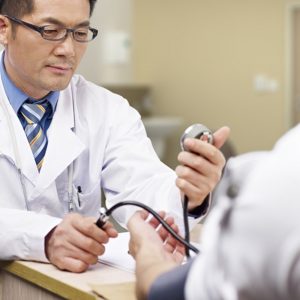
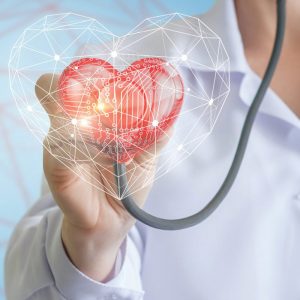
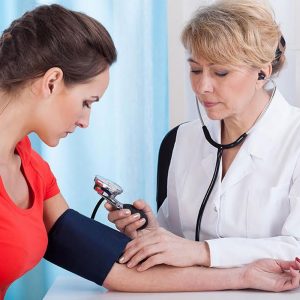




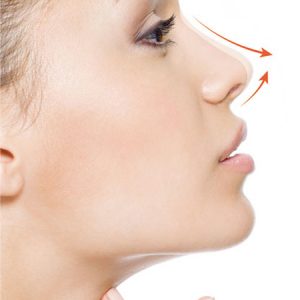

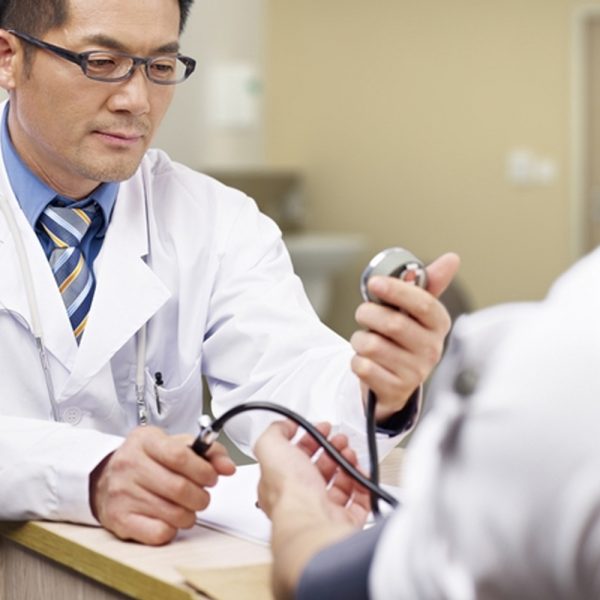
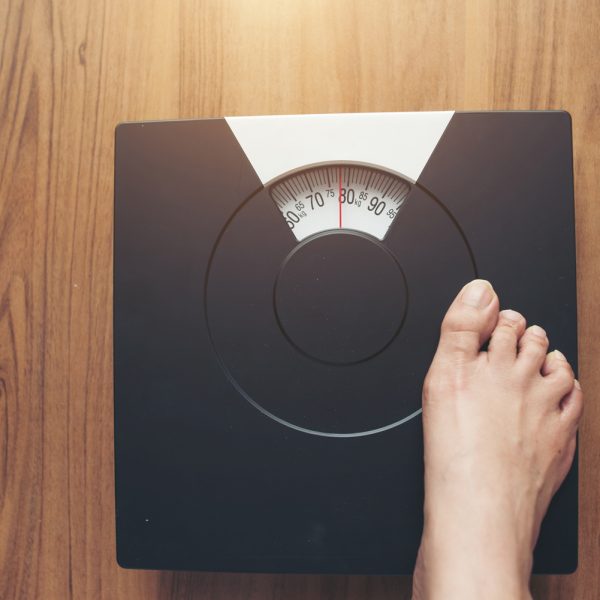


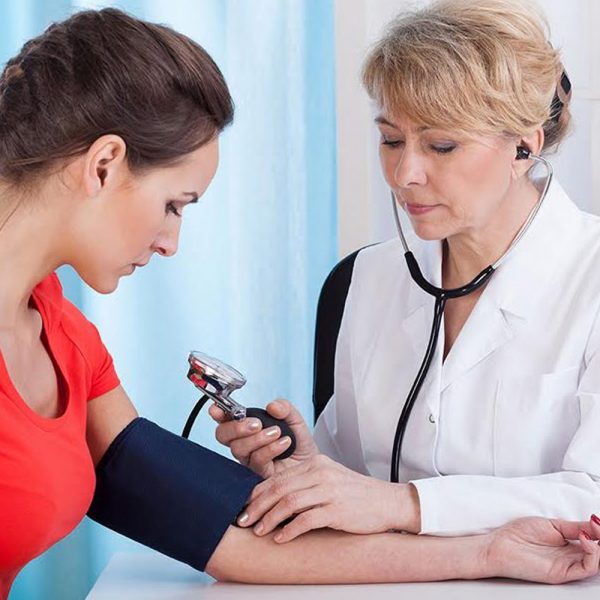
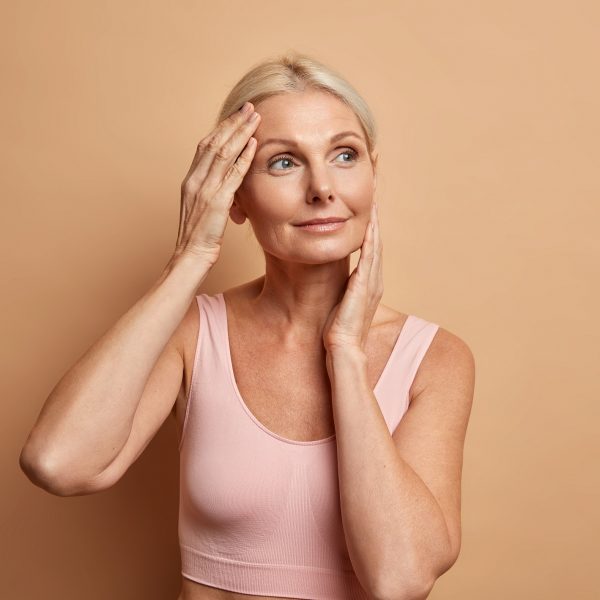


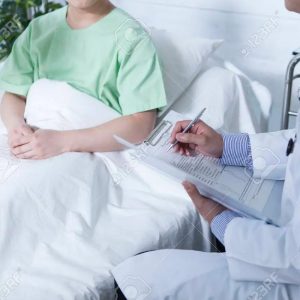
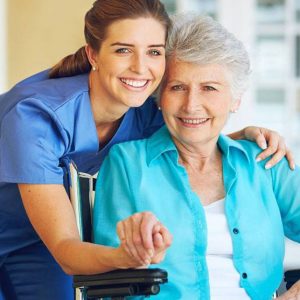

Reviews
There are no reviews yet.